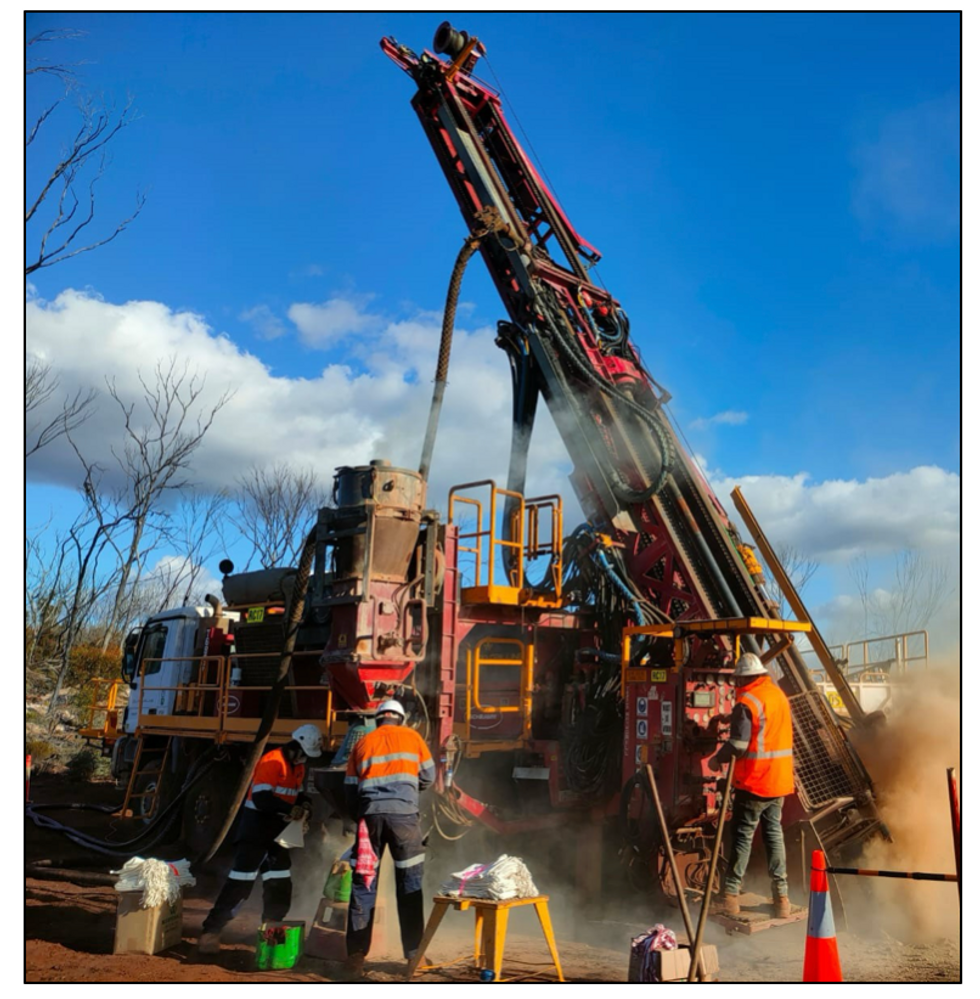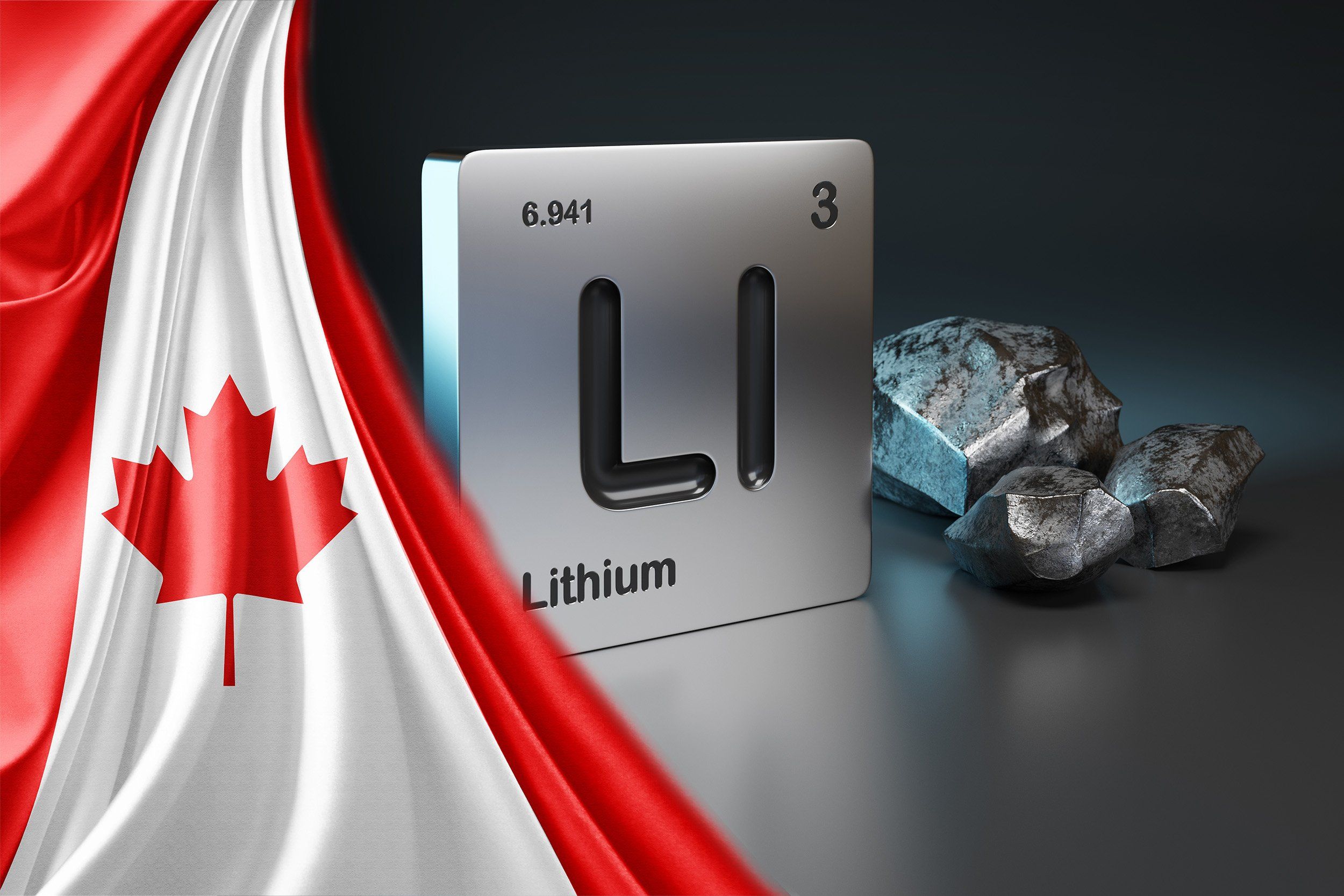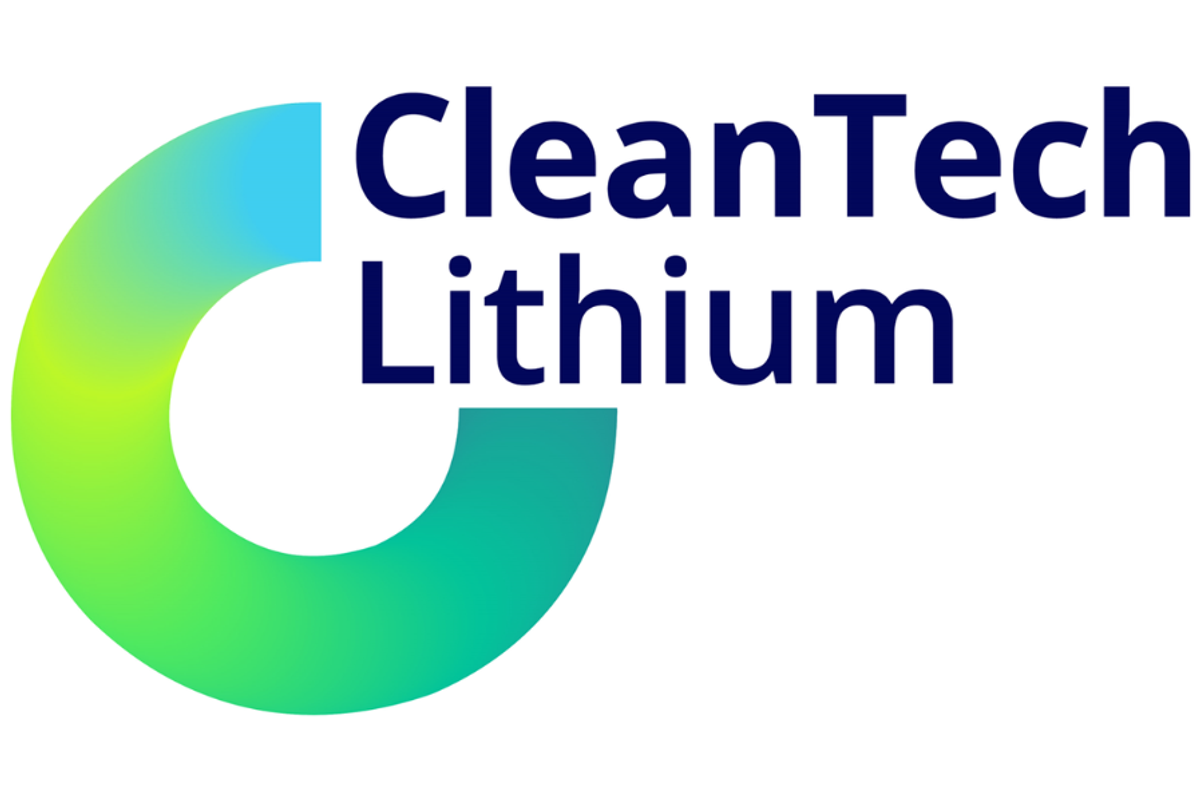
July 08, 2024
Charger Metals NL (ASX: CHR, “Charger” or the “Company”) is pleased to announce that RC drilling is underway at its Lake Johnston Lithium Project (“Lake Johnston”), in Western Australia. This work is being funded by Rio Tinto Exploration Pty Limited (“RTX”) pursuant to RTX’s farm-in agreement with Charger in relation to the project.1
HIGHLIGHTS:
- Reverse circulation (RC) drilling has commenced at the Lake Johnston Lithium Project, WA.
- Two drill programmes for up to 5,000m in total will test priority lithium targets including:
- the strike extensions of the known high-grade spodumene mineralisation at the Medcalf Prospect; and
- first holes into the large surface lithium anomalies at the Mt Gordon Prospect.
- The programmes are expected to take 6 – 8 weeks.
Charger’s Managing Director, Aidan Platel, commented:
“We are excited to have commenced our RC drill programmes at Lake Johnston. The priority drill targets are in and around the Medcalf Prospect where we have previously confirmed a high-grade spodumene system. We are also eager to drill our first holes into the Mt Gordon Prospect which has excellent lithium potential, and will keep the market informed as results are received.”

RC drill programmes of up to 5,000m will test priority lithium targets at the greater Medcalf Prospect and the Mt Gordon Prospect.
Click here for the full ASX Release
This article includes content from Charger Metals, licensed for the purpose of publishing on Investing News Australia. This article does not constitute financial product advice. It is your responsibility to perform proper due diligence before acting upon any information provided here. Please refer to our full disclaimer here.
.
CHR:AU
The Conversation (0)
8h
5 Best-performing ASX Lithium Stocks (Updated January 2026)
Global demand for lithium presents a significant opportunity for Australia and Australian lithium companies.Australia remains the world’s largest lithium miner, supplying nearly 30 percent of global output in 2024, though its dominance is easing as other lithium-producing countries such as... Keep Reading...
06 January
Top 5 Canadian Lithium Stocks (Updated January 2026)
The global lithium market weathered a tough 2025, as persistent oversupply and softer-than-expected electric vehicle demand pushed prices for the battery metal to multi-year lows. Lithium carbonate prices in North Asia fell below US$9,550 per metric ton in February — their weakest level since... Keep Reading...
05 January
CEOL Application for Laguna Verde Submitted
CleanTech Lithium PLC ("CleanTech Lithium" or "CleanTech" or the "Company") (AIM: CTL, Frankfurt:T2N), an exploration and development company advancing sustainable lithium projects in Chile, is pleased to announce it has submitted its application (the "Application") for a Special Lithium... Keep Reading...
01 January
Lithium Market Forecast: Top Trends for Lithium in 2026
The lithium market heads into 2026 after one of its most punishing years in recent memory, shaped by deep oversupply, weaker-than-expected electric vehicle (EV) demand and sustained price pressure. In 2025, lithium carbonate prices in North Asia sank to four year lows, forcing production cuts... Keep Reading...
29 December 2025
SQM, Codelco Seal Landmark Lithium Joint Venture in Salar de Atacama
Sociedad Quimica y Minera (SQM) (NYSE:SQM) and Codelco have finalized their long-awaited partnership, forming a new joint venture that will oversee lithium production in Chile’s Salar de Atacama through 2060.SQM announced on Saturday (December 27) that it has completed its strategic partnership... Keep Reading...
24 December 2025
Altius Minerals to Expand Portfolio with C$520 Million Lithium Royalty Deal
Altius Minerals (TSX:ALS,OTCQX:ATUSF) is making a bet on a lithium market recovery, agreeing to acquire Lithium Royalty (TSX:LIRC) in a C$520 million deal that will expand its exposure to battery metals.Under a definitive agreement announced by the two companies on Monday (December 22), Altius... Keep Reading...
Latest News
Interactive Chart
Latest Press Releases
Related News
TOP STOCKS
American Battery4.030.24
Aion Therapeutic0.10-0.01
Cybin Corp2.140.00




